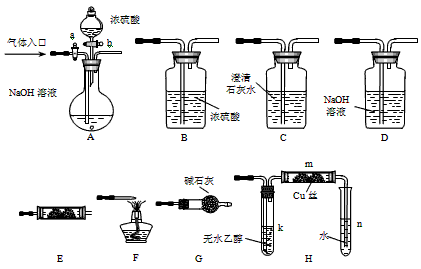阅读理解。
Four people in England, back in 1953, stared at Photo 51. It wasn't much–a picture showing a black X.
But three of these people won the Nobel prize for figuring out what the photo really showed—the shape of
DNA. The discovery brought fame and fortune to scientists James Watson, Francis crick, and Maurice
Wilkins. The fourth, the one who actually made the picture, was left out.
Her name was Rosalind Franklin. "she should have been up there," says historian Mary Bowden. "if her
photo hadn’t been there, the others couldn’t have come up with the structure." One reason Franklin was
missing was that she had died of cancer four years before the Nobel decision. But now scholar doubt that
Franklin was not only robbed of her life by disease but robbed of credit by her competitions.
At Cambridge university in the 1950s, Watson and Crick tried to make models by cutting up shapes of
DNA’s parts and then putting them together. In the meantime, at king’s college in London, Franklin and
Wilkins shone X-rays at the molecule (分子). The rays produced patterns reflecting the shape.
But Wilkins and Franklin’s relationship was a lot rockier than the celebrated teamwork of Watson and
Crick. Wilkins thought Franklin was hired to be his assistant. But the college actually employed her to take
over the DNA project.
What she did was produce X-ray pictures that told Watson and Crick that one of their early models was
inside out. And she was not shy about saying so. That angered Watson, who attacked her in return, "Mere
inspection suggested that she would not easily bend. Clearly she had to go or be put in her place."
As Franklin's competitors, Wilkins, Watson and Crick had much to gain by cutting her out of the little
group of researchers, says historian Pnina Abir-Am. In 1962 at the Nobel prize awarding ceremony, Wilkins
thanked 13 colleagues by name before he mentioned Franklin. Watson wrote his book laughing at her. Crick
wrote in 1974 that "Franklins was only two steps away from the solution."
No, Franklin was the solution. "She contributed more than any other player to solving the structure of
DNA. She must be considered a co-discoverer," Abir-Am says. This was backed up by Aaron Klug, who
worked with Franklin and later won a Nobel Prize himself. Once described as the "Dark Lady of DNA",
Franklin is finally coming into the light.
1. What is the text mainly about?
A. The disagreements among DNA researchers.
B. The unfair treatment of Franklin.
C. The process of discovering DNA.
D The race between two teams of scientists.
2. Watson was angry with Franklin because she _____.
A. took the lead in the competition
B. kept her results from him
C. proved some of his findings wrong
D. shared her data with other scientists
3. Why is Franklin described as "Dark Lady of DNA"?
A. She developed pictures in dark labs.
B. She discovered the black X—the shape of DNA.
C. Her name was forgotten after her death.
D. Her contribution was unknown to the public.
4. What is the writer's attitude toward Wilkins, Watson and Crick?
A. Disapproving
B. Respectful
C. Admiring
D. Doubtful

 2CH3CHO+2H2O
2CH3CHO+2H2O